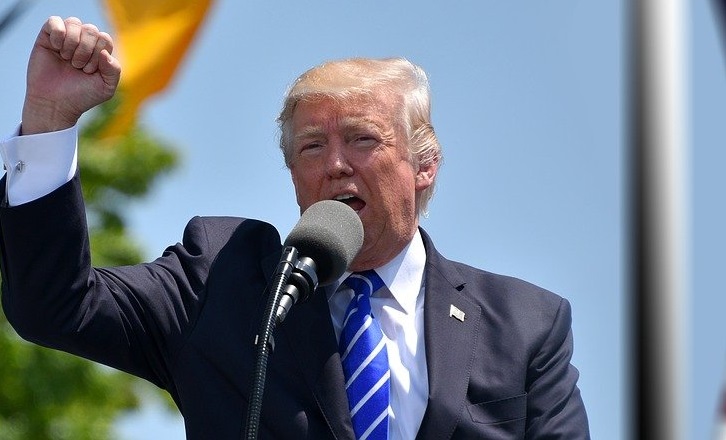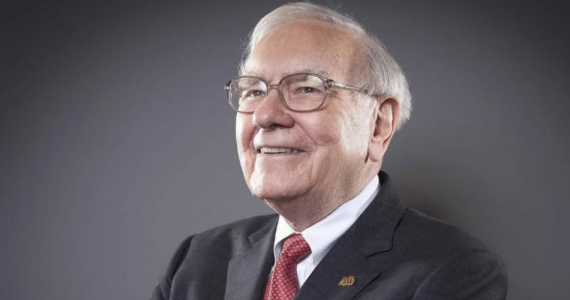Data indicates that economic slowdown on a global scale is taking place at the moment and it could extend to the USA in 2019. The data which was published on Wednesday indicated that the economies of Japan and Germany shrank in the 3rd quarter of 2018. The performance was in sharp contrast with that of the US which recorded yet another strong growth. China also exhibited signs of a deepening economic fatigue.

Causes Of Economic Slowdown
What has led to the weak performances of the economies differ from one economy to the other. Economists are of the opinion that the economies of both Japan and Germany will scale recessions by growing once again. The data highlighted the core challenges that the largest economies of the world are currently encountering. For the very first time since the year 2015, the economy of Germany experienced shrinkage in the just concluded quarter.
The recently introduced auto-emission testing processes that occasioned slow-paced car sales, as well as declining exports, affected the economy. In addition, the declining exports partly were caused by the trade war between the US and China.
While the testing processes, according to economists, may be less stringent, they still opined that the growth of exportation could further be weakened by the falling demand from Germany’s biggest trading partners, i.e. China, Russia, and Turkey.
Individual Economy Performance
Although Japan has had more stints with economic stagnation as well as recession, its economy still has a brighter outlook. Its performance in the third quarter was the aftermath of natural disasters. Economists are, however, expectant that the consumer spending this quarter will increase.

China has been described as the second largest economy in the world. The findings of the data revealed that the credit growth was below expectations, that there was subdued confidence in the economy, and more importantly, the consumption growth came in weaker. Economists also expect that the government would increase stimulus measures geared towards mitigating the probable consequences of a trade war between the country and USA.
According to Nomura’s chief economist, Ting Lu, it is believed that the worse hasn’t happened with growth declining faster into the spring next year.
Despite the likely prospects that Japan and Germany would experience rebound before the year comes to an end, the economy globally is itself heading towards a weaker performance for next year. The IMF reportedly expects that the global growth would slow to 2.5 percent next year from the present 2.9 percent for this year.
Risks affecting the global economy include the looming US-China trade war. Also, the current standoff between Italy and the EU bordering on government spending also has the likelihood of giving rise to an economic crisis in the region.
Capital Economics’ chief global economist, Andrew Kenningham, said that they do not believe that what would happen will be a financial crisis. However, he added that they believed that there is the possibility that a significant slowdown will take place next year.
The markets already reflect some risks. Last week Tuesday, the concerns about weaker demand globally pushed the oil prices in the US down by 7 percent. Top stocks indexes also fell by 5 percent to 7 percent.
Countries Likely To Contribute To Growth
One vital issue for consideration at this point is the countries that might actually contribute to the growth of the global economy next year.
The economic growth of India accelerated in 2018 and recently hit 8.2%. However, India is one of the biggest importers of energy all over the world and as such has been affected by the surging prices of oil. Its currency is deemed to be one of the worst performing ones in the world in 2018 and all that has combined to breed inflation in the country.

It is also possible that the US would have slow performance in 2019 as fading of the tax cuts effects occur. Kenningham opined that the US will have quite a significant slowdown because of the temporary nature of fiscal stimulus as well as the Federal Reserve’s increase of interest rates.





